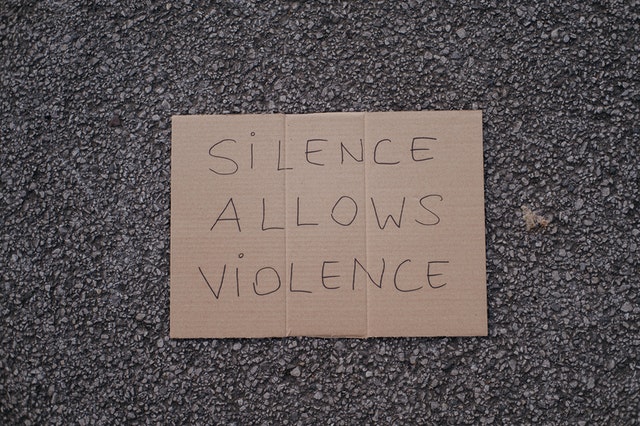
Many would think that violence against another person or group is subject to criminal penalty or at the very least subject to some sort of penalty.
However, there are certain kinds of violent behaviours are more acceptable in Australian society and some are even celebrated and normalised.
Below is a list of some violent behaviour that are not always categorised as deviant or criminal or subject to any penalty: -
Physical violence, the act of hitting hurting another human being is not always deviant or criminal.
For instance, we often see forms of physical violence ie: pushing, punching etc in sporting, such as boxing, rugby, AFL and other contact sports.
Also, violence in war is deemed acceptable.
Furthermore, even the Law itself has acceptable violence in the form of defences such as self-defence, duress and necessity.
AND Police also are allowed to use reasonable force as a form of violence when enforcing the law.
Whilst there is an intense controversy over the meaning of and motives that underlie rape, with a traditional view that rape is a crime of sexual passion. And feminist theorist arguing instead that it is largely a criminal assertion of power and control.
Nevertheless, under the law not all violence forms of sexual activity is criminal as long as it is entered into ‘freely and voluntary’ thus, it is not the act or way it is done instead it is all about consent.
Therefore, some forms of sexual violence may be ok as along as it free and voluntary.
Here violence is perpetrated by institutions organised in an officially regulated body. For instance, again the example in war in which governments are the source of violence through their agents such as military.
But it is not limited only to war but can also include violence perpetrated by other powerful institution such as churches and even universities. We have seen in the media some religious organisation have been accused of covering up sexual assault and child abuse, these are forms of Institutional violence.
Structural violence is ‘indirect violence built into repressive social orders creating enormous difference between potential and actual human self-realization.
Structural violence is fundamentally about inequalities. For instance, the distribution of power in society that can result in unequal health care, housing, standards of living, all which foster suffering.
Structural violence is prevalent among Australia’s Indigenous communities resulting in poverty and effects not only their standard of living, but also can have an indirect effect on the life expectancy.
Symbolic violence is defined by scholars as the internalised ways in which privilege and social hierarchy are used to legitimate the powerful and humiliate the weak.
For instance, the depiction of ‘bogans’ in our society as the lower socioeconomic part of Australian populist. The popular culture use of the word can be understood as a kind of symbolic violence defining particular kinds of cultural expressions as inferior and deviant in order to maintain and strengthen the respectable non-bogan norm.
Also, some forms of dress, food consumption and speech are also kinds of subtle, unspoken, informal norms that shape how we judge other members of society. It can result in individuals internalising racism or blaming themselves for being poor.
Alarming this kind of violence appears normal and can be understood as a kind of informal, internal, and negative social control reinforcing the powerful and their norms.
Everyday violence encompasses daily practices and expressions of violence, here families are the context in which most people experience violence and that violence by a patriarch against other members of the family both mirrors and reinforces large power dynamics in society, normalising social indifference to suffering. Coercive control is a form of everyday violence as is financial control of another person.
Therefore, when we think of violence, we must remember that not all forms are illegal or deviant, but the question is should they be? Should society in this enlighten age recognise violence in other forms, would it help to criminalise more forms of violence?
0 Comments
Post Comment